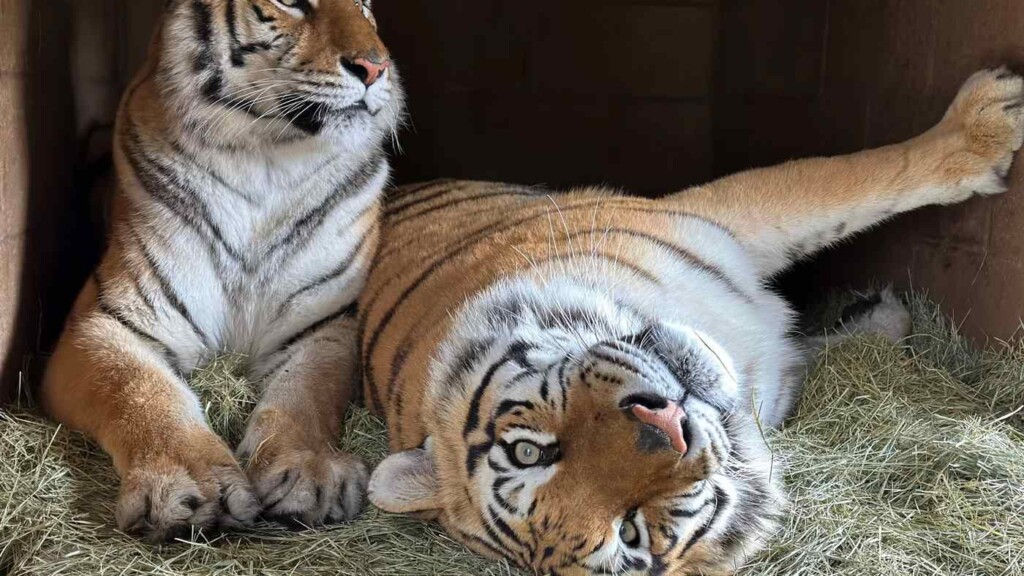
The lion that escaped from a circus near Rome posed no threat to the public, his handler insisted Sunday, as campaigners called for Italy to ban wild animals in entertainment.Residents of the seaside town of Ladispoli were told to stay indoors for more than five hours on Saturday evening while police, vets and circus staff tracked the lion, finally sedating and then capturing him.Extraordinary videos published by Italian media, apparently taken by locals, showed the fully-grown lion with a shaggy mane walking through dark and deserted residential streets, padding past parked cars.But Rony Vassallo, who is responsible for the animals in the Rony Roller Circus, said that while the thought of confronting a lion would make most people fearful, eight-year-old Kimba posed little danger.Residents of the seaside town of Ladispoli were told to stay indoors for more than five hours on Saturday evening while police, vets and circus staff tracked the lion."He met with people in an environment he wasn't used to... and nothing happened, he didn't even for a second have the instinct to attack a person," he told AFP at the circus site.He said his fear had been "that someone could have harm the animal, out of fear, or excess enthusiasm".Nearby, not far from the red and white striped main tent where preparations were under way for the afternoon show,...

